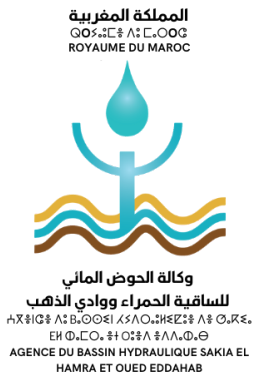The Dakhla-Oued Ed-Dahab region is witnessing significant progress in providing potable water, driven by the rapid growth in the region and the increasing demand for water resources. This is due to the implementation and monitoring of several projects in the area by the National Office of Electricity and Drinking Water, aligning with royal directives in this regard.
A water treatment plant was constructed in the Tawarta area, located north of the city of Dakhla, in 2016, with a financial envelope of approximately 250 million Moroccan Dirhams. The primary goal of this plant is to treat and remove mineral salts from the water. This flagship project is part of the program for the development of southern regions. The mentioned plant draws water from six boreholes, covering the demand by 100%. Its production capacity is about 17000 cubic meters per day, exceeding 6.2 million cubic meters annually.

According to national media sources, the plant operates through multiple stages, starting with the treatment of sulfur and the removal of mineral salts present in groundwater, and progressing to the elimination of ammonia. This is achieved using various technologies such as artificial aeration and reverse osmosis. All these stages are carefully monitored by qualified personnel within the plant to ensure the quality of the water before distributing it to the local population.

